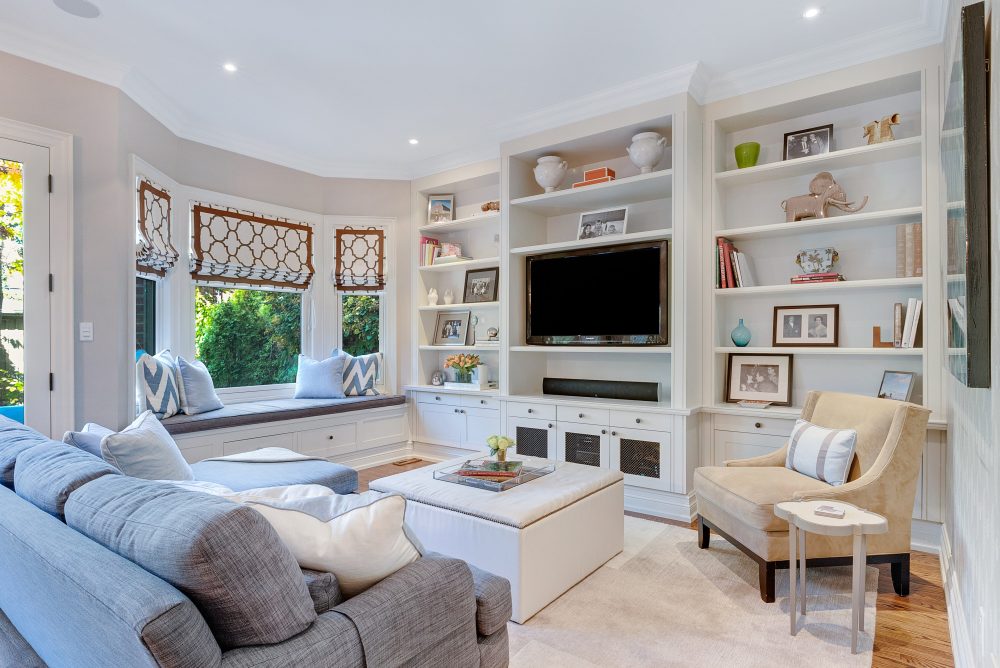If you’re in the market for a new HVAC unit, it’s important for you to know that the technology in these units has advanced over the years. You can now choose between a single-stage, two-stage or inverter, also known as a variable speed compressor. Since an inverter is the latest technology being used for achieving optimal efficiency and comfort in homes, we’d like to explain to you how they work in comparison to the more traditional HVAC compressor
Before we begin, let’s start with a little bit of history:
- The first modern air conditioner was created in 1902 by Willis Haviland Carrier.
- The term “air conditioning” was patented in 1906 by Stuart W. Cramer.
- The first AC room cooling system was introduced in 1929.
- The first window unit was introduced in 1931.
- AC units became widely available and affordable after World War II, in 1947.
(information provided by hvac.com)
Single-stage HVAC compressor
Singel-stage compressors were the standard in American homes for decades. Staying true to its name, a single-stage compressor only operates at one speed. It blows the air out very quickly until the desired temperature is reached and then it shuts off. As a result, it shuts on and off frequently and comes with more wear and tear on the system and higher energy bills. It’s also not able to reduce humidity enough. If you live in an area, like Frederick, MD, where there can be a lot of humidity, this may deter you from buying a unit with a single-stage compressor.
Two-stage compressors
After single-stage compressors, two-stage HVAC compressor came about. Staying true to their name as well, the two-stage compressor comes with 2 compressors – one for high speed and one for low speed. During extreme weather, the high-speed compressor will turn on to regulate the temperature faster, making the space more comfortable. When the weather is calmer and temperatures are more moderate, the low-speed compressor will turn on. Two-stage compressors are better than, and also more expensive than, a one-stage compressor because they are more energy-efficient and can remove humidity from the air. The low-speed is able to handle most temperatures resulting in less turning on and off when compared to a single-stage compressor.
Inverters aka variable speed compressors
A variable-speed compressor will only run as much as it’s needed. For example, if you need to decrease the temperature in your home by 2-3 degrees, the system may operate at 30% capacity to achieve this. Now let’s say it’s a really hot day in Maryland and temperatures are over 90 degrees outside. Depending on what your thermostat is set at, your house temperature may need to come down six or seven degrees. The system may then run at 70% capacity and to regulate the house at that temperature all day, it may run at only 30% capacity. Another way to think about this is to imagine that you’re watching TV and the landscaper is outside trimming your bushes around the front of the house and let’s say that your remote goes up to 100. You may need to turn the TV volume up 5 notches to 25 when they’re on the opposite end of the house but when they get near the room you’re in, you may have to turn in up to 50 in order to hear the TV. If your remote was like a single-stage HVAC compressor, it would go from 0 to 100 until they were done. If the remote was like an inverter, it would adjust accordingly the louder or softer the noise was. Due to its ability to adust at the smallest increments, the inverter provides even more efficiency and humidity removal than the two-stage compressor.
If you’re not sure which type of technology would be best for you, we’d love to have a conversation and give you a free estimate. Give us a call at 301-410-2780 or visit us on our website.


























